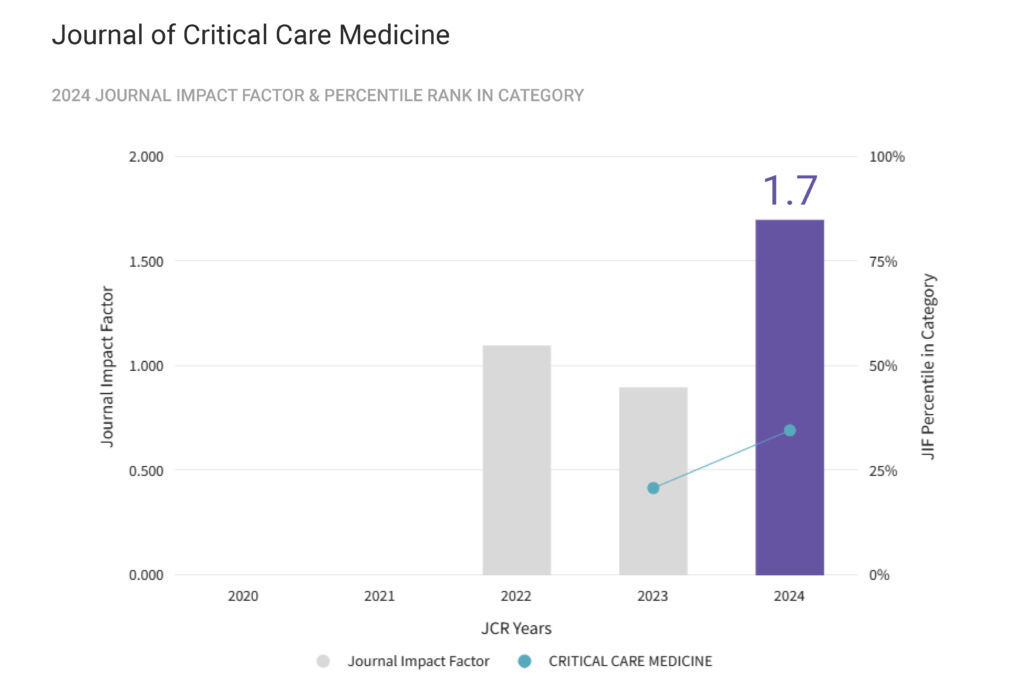Introduction: Acute Respiratory Distress Syndrome (ARDS) is a critical condition characterised by acute respiratory failure due to increased alveolar-capillary membrane permeability. This leads to non-cardiogenic pulmonary oedema, hypoxemia, and impaired respiratory compliance, significantly impacting patients’ survival and quality of life. The management of ARDS involves various ventilatory and non-ventilatory therapies. Understanding the optimal timing and application of these therapies is crucial for improving patient outcomes.
Aim of the study: This scoping review aims to identify and synthesise the ventilatory techniques used in managing ARDS, focusing on their temporality and the interplay between different therapies. The study seeks to synthesize the available evidence and summarize current management strategies, highlighting areas for further research and improvement in ARDS care.
Material and Methods: A systematic search of PubMed, EBSCO, and ScienceDirect databases was conducted, following the Joanna Briggs Institute guidelines (2015), for articles published between 2013 and 2023. Studies involving adult patients (18 years or older) diagnosed with ARDS and receiving ventilatory support in the ICU were included. Exclusion criteria included other acute respiratory pathologies, clinically extreme obese patients, and patients with tracheostomy.
Results: 437 articles were identified through the database search, of which 23 met the inclusion criteria and were included in the final review. Most articles were published between 2015-2019 (43.5%), originated from the USA (34.78%), and employed observational study designs (73.91%). The included studies reported on patients aged between 23 and 79 years, with intrapulmonary causes being the most common aetiology for ARDS. Various ventilatory strategies were identified, including conventional oxygen therapy, high-flow nasal cannula (HFNC), non-invasive ventilation (NIV), invasive ventilation (IMV), and combined approaches. Temporality was reported in 35% of the articles, but none of them as their primary focus.
Conclusions: The review highlights the diversity of ventilatory techniques employed in ARDS management and the importance of individualizing treatment strategies based on patient response and disease severity. The temporality of these interventions remains a crucial aspect, requiring further investigation to establish clearer guidelines for optimizing the timing and sequence of ventilatory support in ARDS. The findings underscore the need for future research to focus on patient-centred outcomes and the long-term implications of ARDS management, including quality of life and functional status.
Tag Archives: acute respiratory distress syndrome (ARDS)
COVID -19 complicated by Acute Respiratory Distress Syndrome, Myocarditis, and Pulmonary Embolism. A case report
A 49-year-old female Qatari woman, with no past medical history, presented at a hospital complaining of a history of cough and shortness of breath. The patient tested positive for severe acute respiratory syndrome (ARDS) and COVID-19. Subsequently, her course of treatment was complicated by severe acute respiratory distress syndrome, pulmonary embolism and severe myocarditis requiring treatment with venous-arterial extracorporeal membrane oxygenation as a bridge to complete recovery.
Post-Traumatic Stress Disorder and Burnout in Healthcare Professionals During the SARS-CoV-2 Pandemic: A Cross-Sectional Study
Introduction: Healthcare professionals who are directly involved in the diagnosis, treatment, and general care of patients with SARS-CoV-2 are at risk of developing adverse psychological reactions. A cross-sectional study of healthcare professionals aimed to determine the impact of the SARS-CoV-2 pandemic on the mental health of healthcare professionals in two of the largest referral hospitals in Athens, Greece.
Methods: The study was conducted in the two largest SARS-CoV-2 referral hospitals in Athens, Greece. An assessment and the interrelationship of post-traumatic stress disorder, using the Impact of Event Scale-Revised [IES-R]) and burnout, using the Maslach Burnout Inventory [MBI]) was carried out.
Results: A total of 162 subjects were enrolled in the study. Fifty-six (35%) had an IES-R score > 33, suggesting post-traumatic stress disorder. Forty-nine (30%) had an MBI score > 27. Seventy-five (46%) had a personal accomplishment score of < 33 and 46 (28%) had a depersonalization score >10. Stepwise backward logistic regression revealed that the only independent variable that was retained regarding the presence of post-traumatic stress disorder was the emotional exhaustion score of the MBI (at a cut-off of 24 in this scale, the 95% CI of the odds ratio for the presence of post-traumatic stress disorder was 1.077-1.173).
Conclusions: In this sample of first-line Greek healthcare professionals against SARS-CoV-2, most of them were proven to be quite resilient to this challenge. One-third of them had post-traumatic stress disorder, which depended on their degree of emotional exhaustion. Healthcare professionals, as represented by this study, performed their duties without feeling helpless and developing adverse psychological reactions.
The Prolonged Use of VV ECMO Support in COVID-19: A Case Report
COVID-19 has resulted in unprecedented global health and economic challenges. The reported mortality in patients with COVID-19 requiring mechanical ventilation is high. VV ECMO may serve as a lifesaving rescue therapy for a minority of patients with COVID-19; however, its impact on overall survival of these patients is unknown. To date, few reports describe successful discharge from ECMO in COVID-19 after a prolonged ECMO run. The only Australian case of a COVID-19 patient, supported by prolonged VV ECMO in conjunction with prone ventilation, complicated by significant airway bleeding, and successfully decannulated after forty-two days, is described. VV ECMO is a resource-intense form of respiratory support. Providing complex therapies such as VV ECMO during a pandemic has its unique challenges. This case report provides a unique insight into the potential clinical sequelae of COVID-19, supported in an intensive care environment which was not resource-limited at the time, and adds to the evolving experience of prolonged VV ECMO support for ARDS with a goal to lung recovery.










